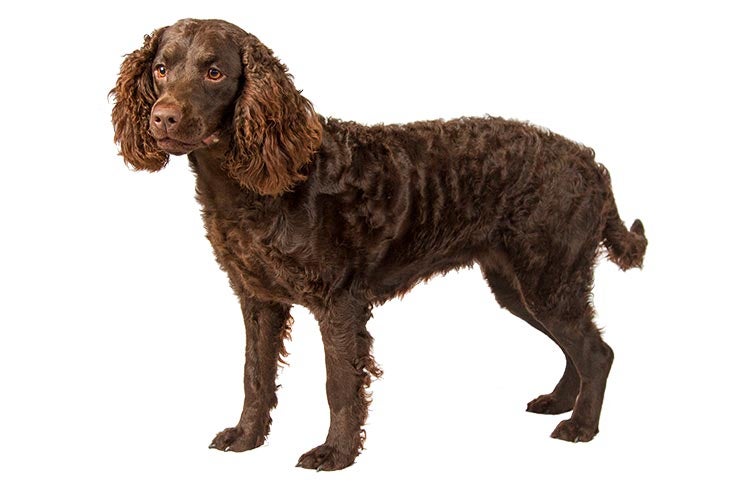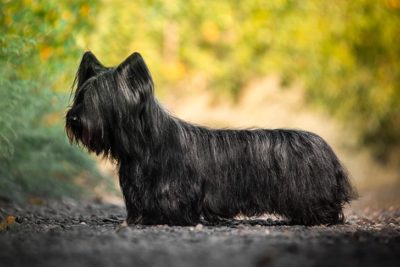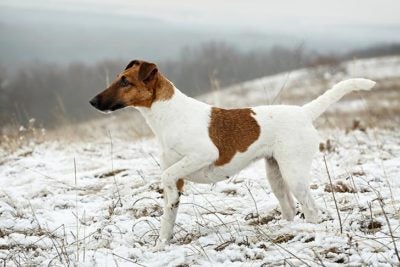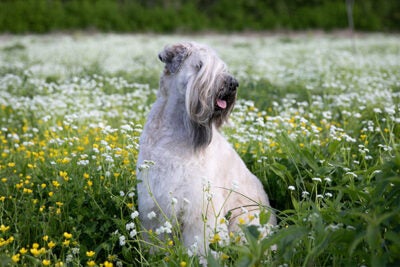
What's a dog breed?
People have been breeding dogs since prehistoric times. The earliest dog breeders used wolves to create domestic dogs. From the beginning, humans purposefully bred dogs to perform various tasks. Hunting, guarding, and herding are thought to be among the earliest job…
What's a dog breed?
People have been breeding dogs since prehistoric times. The earliest dog breeders used wolves to create domestic dogs. From the beginning, humans purposefully bred dogs to perform various tasks. Hunting, guarding, and herding are thought to be among the earliest jobs eagerly performed by the animal destined to be called “man’s best friend.”
For thousands of years, humans bred dogs toward the physical and mental traits best suited for the work expected of them. The sleek Greyhound types bred to chase fleet-footed prey, and the huge mastiff types used as guard dogs and warriors, are two ancient examples of dogs bred for specific jobs.
As humans became more sophisticated, so did their dogs. Eventually, there emerged specific breeds of dogs, custom-bred to suit the breeders’ local needs and circumstances. The Greyhound, for instance, was the foundation type for the immense Irish Wolfhound and the dainty Italian Greyhound. All three have a distinct family resemblance, but you’d never mistake one for another.
So, then, when is a breed a breed and not just a kind or type of dog? The simplest way to define a breed is to say it always “breeds true.” That is, breeding a purebred Irish Setter to another purebred Irish Setter will always produce dogs instantly recognizable as Irish Setters.
Each breed’s ideal physical traits, movement, and temperament are set down in a written document called a “breed standard.” For example, the breed standard sets forth the traits that make a Cocker Spaniel a Cocker Spaniel and not a Springer Spaniel.
The AKC standard for each breed originates with a “parent club,” the AKC-recognized national club devoted to a particular breed. Once approved by the AKC, a standard becomes both the breeder’s “blueprint” and the instrument used by dog show judges to evaluate a breeder’s work.
There are over 340 dog breeds known throughout the world. The American Kennel Club recognizes 200 breeds.

Silky Terrier
A charming member of the AKC Toy Group, the compact, glossy-coated Silky Terrier is nonetheless a…
See More
Skye Terrier
The heavenly breed with the heart of a lion,' the long, low, and level Skye Terrier is among the…
See More
Slovakian Wirehaired Pointer
Slovakian Wirehaired Pointer is a dog of moderate strength, working type, but with nobleness in hi…
See More
Slovensky Cuvac
The Slovensky Cuvac is boundlessly faithful and courageous and always ready to fight off any…
See More
Slovensky Kopov
This spirited, persistent hunter will follow a scent for hours. The Slovensky Kopov is a hardy…
See More
Small Munsterlander
The Small Munsterlander is a versatile hunting dog and natural retriever with a medium range, solid…
See More
Smooth Fox Terrier
The Smooth Fox Terrier, called the 'gentleman of the terrier world,' is a lively, gregariou…
See More
Soft Coated Wheaten Terrier
The Soft Coated Wheaten Terrier, an exuberant Irish farm dog, is happy, friendly, deeply devoted…
See More
Spanish Mastiff
The Spanish Mastiff is a very intelligent dog, not without beauty, whose expression manifests both…
See More



